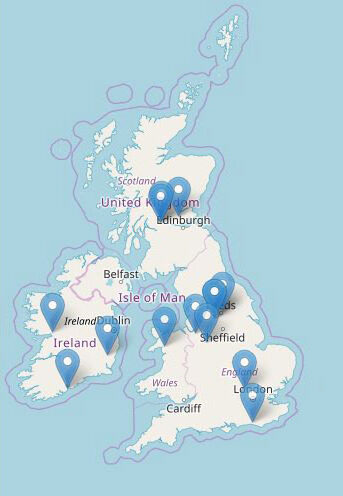Passive House is a rigorous, voluntary house-building standard that focuses on energy efficiency and reducing the energy needed to run a comfortable home.
While it may seem like a relatively new concept, the first domestic examples of a Passive House were built in Germany in 1990 following the creation of the standard in 1988.
The Passive House was born not only out of a desire to build more energy-efficient homes that are less expensive to run but also out of a desire to reduce the amount of energy needed to run them to minimise the ecological footprint that house-building leaves.
The result of Passive House building is low-impact homes that save the owners money.
But what is a Passive House in the UK exactly?
Let’s find out!
Table of contents:
- What are the key concepts of a Passive House?
- Why build a Passive House?
- Does building a Passive House really make that much difference?
- What are the Passive House requirements for windows?
- Top tips for building a Passive House
- Examples of Passive House
- Final thoughts
What are the key concepts of a Passive House?
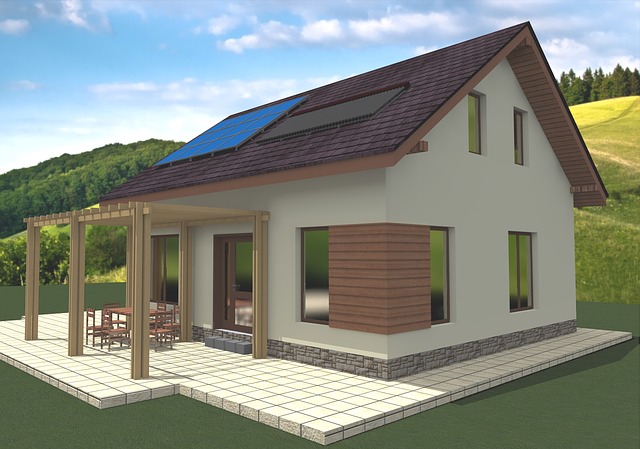
Five key principles underpin the entire concept of a Passive House. Each element must be considered thoroughly and incorporated into the build to meet Passive House standards and to remain at Passive House standard.
These key principles are:
✔ High levels of thermal insulation
✔ Passive House windows
✔ Heat recovery ventilation
✔ Airtightness
✔ Thermal bridging-free design.
Let’s take a closer look at each one.
1. Thermal insulation
Thermal insulation for Passive Houses must be extremely effective so thick walls are built up using ‘superinsulation’ to achieve high R-values. High-grade insulation ensures that the home is well insulated all year round which stops heat gained from the sun from leaking out. The downside to this is that this does make walls very thick.
To hit Passive House insulation standard in Sweden for example, walls must be at least 335mm thick with insulation to get the desired effect. Whilst this can be prohibitive on small plots, it’s worth noting that only outer walls need to be insulated to this level, so an open-plan design can combat the loss of space from thicker walls.
2. Passive House windows
Windows and glazing used throughout in Passive Houses must be quad-glazed to retain heat. A Passive House takes advantage of using large sections of glass to garner heat from the sun (known as solar gain) and takes advantage of the quad-glazing to keep that retained heat in.
As these types of homes become more popular the price of Passive House windows has gone down and the variety of windows is greater. Large manufacturers VELUX and FAKRO, for example, both offer up Passive House windows.
3. Heat recovery ventilation
A minimum of 75% of the heat that would leave the home via ventilation in a Passive House must be passed through a heat exchanger so that the heat is transferred to the fresh, cold air coming in. This simple heat exchange system retains the heat already in the home from solar gain and from the heat people generate which eliminates the need for a heating system.
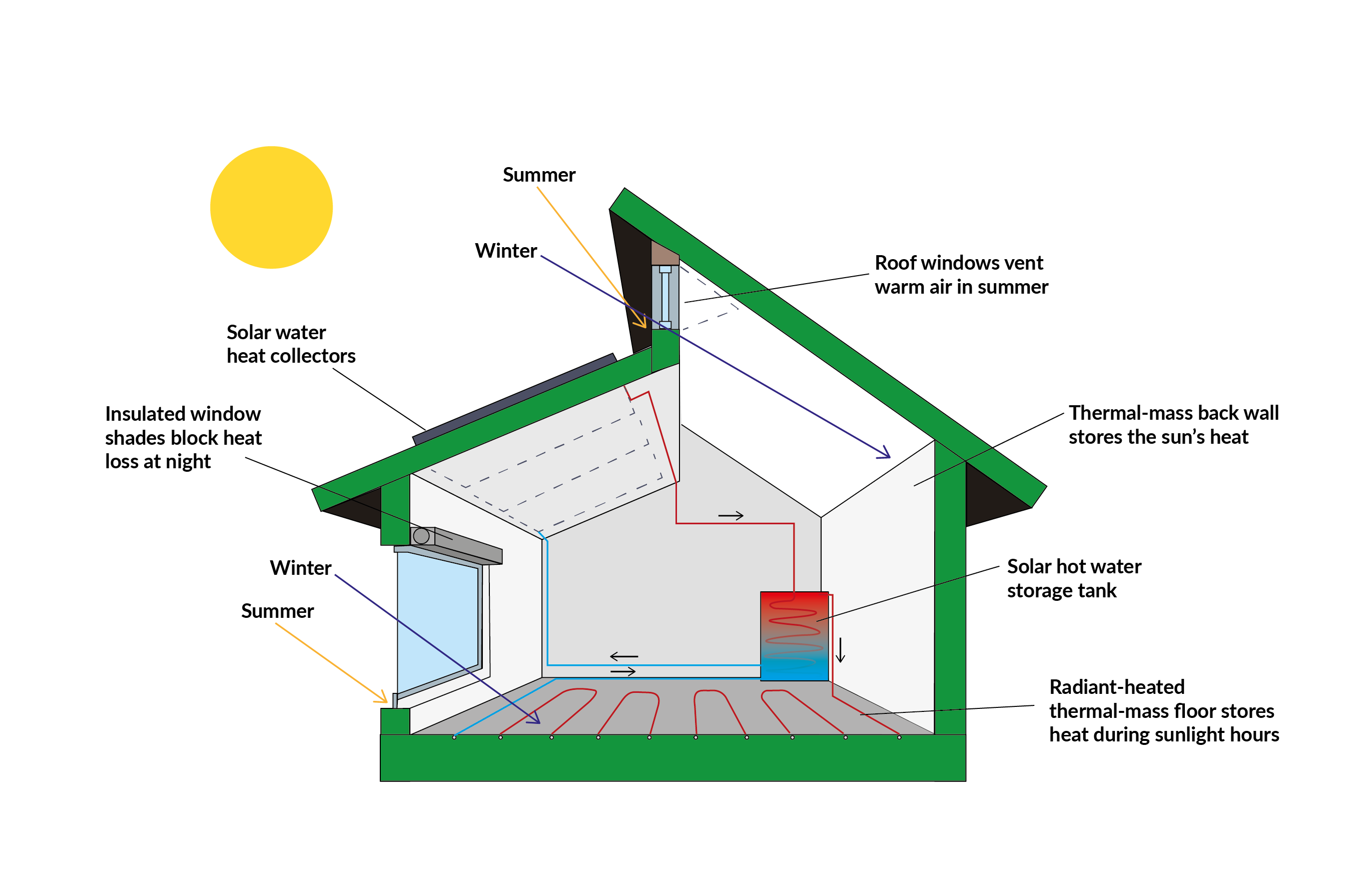
4. Airtightness
Airtightness is an essential part of Passive House, and these homes must be as airtight as possible. Heat recovery ventilation allows for air to remain comfortable and not stuffy, which is a common concern amongst Passive Housebuilders.
To meet Passive House standard, a home must not have an air change rate of more than 0.6/hour than the total volume of the house. This prevents heat loss and shows that air isn’t leaking in your home.
It’s often said that all the holes in your home, including keyholes, letterboxes and other small design features must not exceed the space of a squash ball.
5. Thermal bridging-free design
Builders can make their Passive House look however they like, but an easier way to hit Passive House standard is to design in a way that minimises thermal bridging. Building a house with many angles, twists, turns and corners will mean more work, in the long run, to get rid of any thermal bridging issues.
Thermal bridging occurs where an area of a home has low resistance to heat transfer and therefore leaks heat more quickly than the rest of the house. The best example of this is when breaks occur in insulation. As a result, the tiny gap between two insulation boards can leak heat out as essentially that gap isn’t insulated.
By building to make sure the home is as minimally exposed to heat transfer, you prevent potential headaches and more work throughout.
Why build a Passive House?
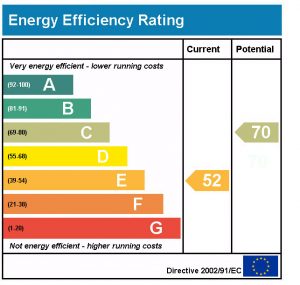
Choosing to build a Passive House simply means that you add more layers on to the design and build process as special considerations must be made to meet the stringent standards.
You must incorporate thicker walls to accommodate a certain level of insulation, for example, and be open to the fact that large panes of glass will need to be installed south-facing to make the most out of solar heat gain.
Aside from this, there are no limitations to the architecture you can or can’t have!
In fact, there are just the five key principles we went over that dictate what levels of efficiency a Passive House needs to hit, but there’s no rulebook on how the house must look to do this.
Young people, families and contractors are choosing to build Passive Houses not just because of the low environmental impact but also because of the comfort these homes afford and the money to be saved in the long term.
When sold, Passive Houses can command a premium on the open market due to their low running costs, with some housebuilders boasting annual heating bills that are a whopping 62% cheaper than the national average. That’s because Passive Houses offer Energy Efficiency Ratings in band A.
What’s more, Passive Houses aren’t just residential either, with large-scale commercial buildings like offices, hospitals and schools conforming to the standard and leading the way for a greener buildscape.
Does building a Passive House really make that much difference?
In a word, yes.
Whilst Passive Houses are, to date, a little more expensive to build or to buy than the same house that doesn’t meet these standards, it’s far less expensive to run.
 And the best part? They pay for that extra cost in the long run. Research shows that Passive Houses use up to as much as 90% less heating energy than their traditional counterpart. This naturally translates to a 90% saving on heating bills.
And the best part? They pay for that extra cost in the long run. Research shows that Passive Houses use up to as much as 90% less heating energy than their traditional counterpart. This naturally translates to a 90% saving on heating bills.
But that’s not all:
There are more than just financial benefits of building a Passive House. By not using fossil fuels, you reduce your environmental impact which is becoming an increasingly large factor in buying decisions in recent times.
You also get an increased comfort level that many passive homeowners and occupants say praise. That’s because there are no draughts, no fluctuating temperatures and no cold bathroom tiles on a freezing winter morning.
Since the temperature throughout the house remains consistent, there are no cold surfaces or glazing. Additionally, there’s no stuffiness thanks to the heat recovery ventilation. It could be worth visiting a Passive House open day to experience this for yourself.
The map (below) shows a selection of recent events for Passive Houses across the UK. Find all upcoming events near you from the PassivHaus Trust.
What are the Passive House requirements for windows?
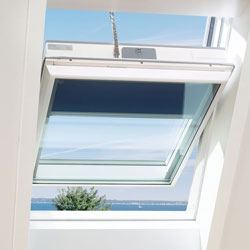 In general, Passive House windows need to be twice as efficient as conventional windows. They must also be positioned to receive the most natural sunlight all year round. Passive House standards demand that windows are typically at least triple-glazed and use metal spacers with low conductivity.
In general, Passive House windows need to be twice as efficient as conventional windows. They must also be positioned to receive the most natural sunlight all year round. Passive House standards demand that windows are typically at least triple-glazed and use metal spacers with low conductivity.
One of the most important facets is the window’s U-value, which measures how well heat is transferred in or out of a building. The certified Passive House standards state that U-values for windows should be below 0.8 W/(m²K).
 The quad-glazing used in Passive House windows is high-performance technology which harvests maximum solar gain, particularly during winter months when it’s needed most. We call this ‘thermal glazing’. Manufacturers use materials such as argon or krypton to prevent heat transfer.
The quad-glazing used in Passive House windows is high-performance technology which harvests maximum solar gain, particularly during winter months when it’s needed most. We call this ‘thermal glazing’. Manufacturers use materials such as argon or krypton to prevent heat transfer.
Now:
You can open and close windows in a Passive House building, despite the misconception that it will affect the building’s energy efficiency. In fact, many UK studies have concluded that opening and closing windows regularly is beneficial.
And on that note…
Top tips for building a Passive House
 As the Passive House concept is becoming more common and a more recognisable phrase in the construction industry, architects and designers are becoming better and more efficient at building these types of homes.
As the Passive House concept is becoming more common and a more recognisable phrase in the construction industry, architects and designers are becoming better and more efficient at building these types of homes.
Consulting an architect or builder who has taken on one of these projects before could help alleviate your worries and answer a thousand questions you may otherwise stress about.
 Choose your plot carefully before you buy, especially if you’re set on Passive House. Passive Houses must be built south-facing so they can take advantage of solar gain as a main source of heat.
Choose your plot carefully before you buy, especially if you’re set on Passive House. Passive Houses must be built south-facing so they can take advantage of solar gain as a main source of heat.
Large windows must be installed south-facing so ensure this is possible without encroaching on your own or your neighbour’s privacy.
Examples of Passive Houses
There is no set style or form of a Passive House, as this small selection of examples shows.
Juri Tory Architecture Studio designed and built the Passive House pictured below in Austria. You can read more about the space here.

In Britain, Simon Conder Associates built two Passive Houses into the steep coastline of Porthtowan that are pictured below. Read more about the build.
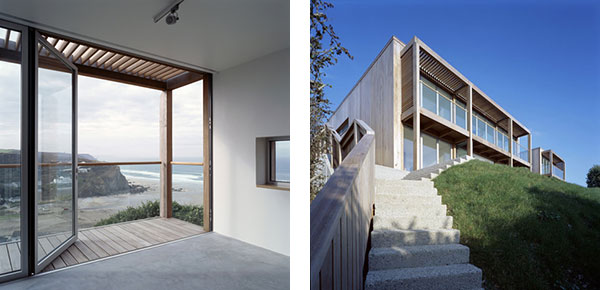
Final thoughts
A Passive House offers a whole host benefits, including significantly reduced energy consumption, enhanced indoor air quality, superior comfort levels and minimal environmental impact.
Engaged homeowners in the UK should consider building or buying a Passive House due to its remarkable energy efficiency, which can lead to substantial long-term cost savings on utility bills.
What’s more, with the UK’s commitment to reducing carbon emissions and combating climate change, Passive Houses align with the country’s sustainability goals while providing occupants with a healthier and more comfortable living environment.
Last but not least, the rising awareness of environmental issues and increasing demand for energy-efficient homes make Passive Houses a wise investment choice for homeowners looking to future-proof their properties and contribute to a greener future.
For more information about building Passive House and what materials we can offer to help you build to this green standard, contact us on 01752 692 206 or use our live chat in the bottom right.


